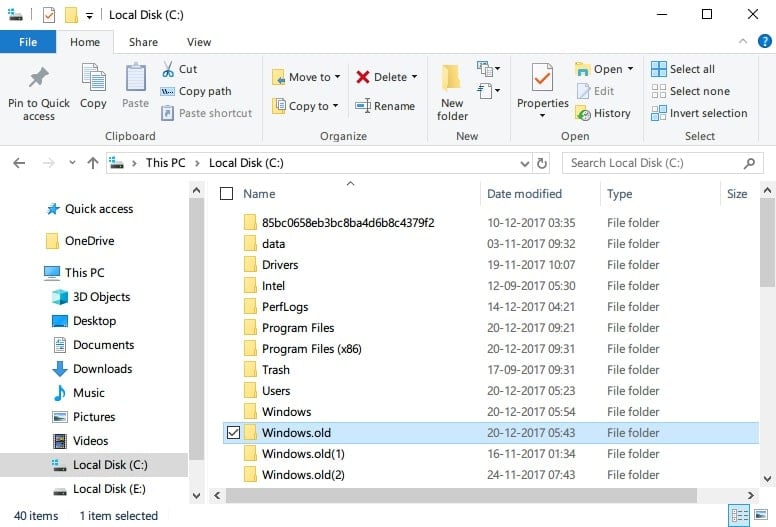If you’re here, you’ve probably already discovered a folder named Windows.old on your Windows 10 installation drive. You may also have noticed it is large enough for you to want to remove it and clear up some space. This folder appears right after you update your Windows PC. You may have upgraded to Windows 10 or installed the latest Fall Creators Update. Or even if you’re an Insider upgrading to the latest Insider Preview, you’d find this folder on your C:\ drive. You’re here, so you may also have tried to delete it only to find out you can’t. You can’t delete Windows.old folder on Windows 10 via traditional means.
Whenever a user upgrades Windows without deleting the previous version, the installer wizard backs up the old copy in a folder named Windows.old. This is done as a precaution, like every other backup you’ve ever heard of. If something goes wrong during the upgrade process, the backup files can be used to roll back the changes.
Windows 10 keeps these files around because it enables you to roll back to the previous version within a month of upgrading. It is similar to rolling back drivers on a Windows 10 PC. But maybe you’ve decided and don’t want to go back or need that space for something else.
How to delete Windows.old folder
Go through with deleting this folder if you are one hundred percent sure that you want to. If you’ve just upgraded, it will probably be better to use the computer for a few days first and ensure everything is working. You won’t want to delete the old copy and wish you hadn’t later. If you want to get rid of it, here’s how you can.
- Go to This PC on the left pane in the File Explorer and right-click on your C:\ drive. This is usually the drive where Windows.old folder is created unless you have your Windows installed on a different drive. In which case, right-click on that drive.
- From the right-click context menu, select Properties, and then click the Disk Cleanup button.
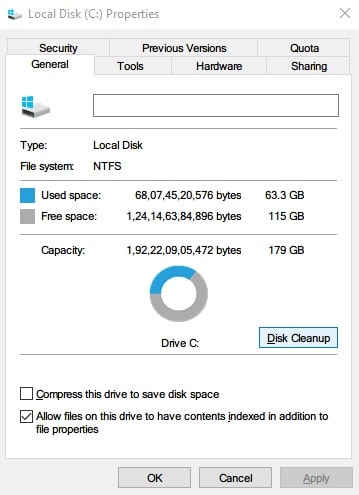
- Alternatively, you can hit the Windows key and type “Disk” at which point you should already see Disk Cleanup as the first search result. Click it, select the drive on which your Windows is installed via the drop-down menu, and click OK.
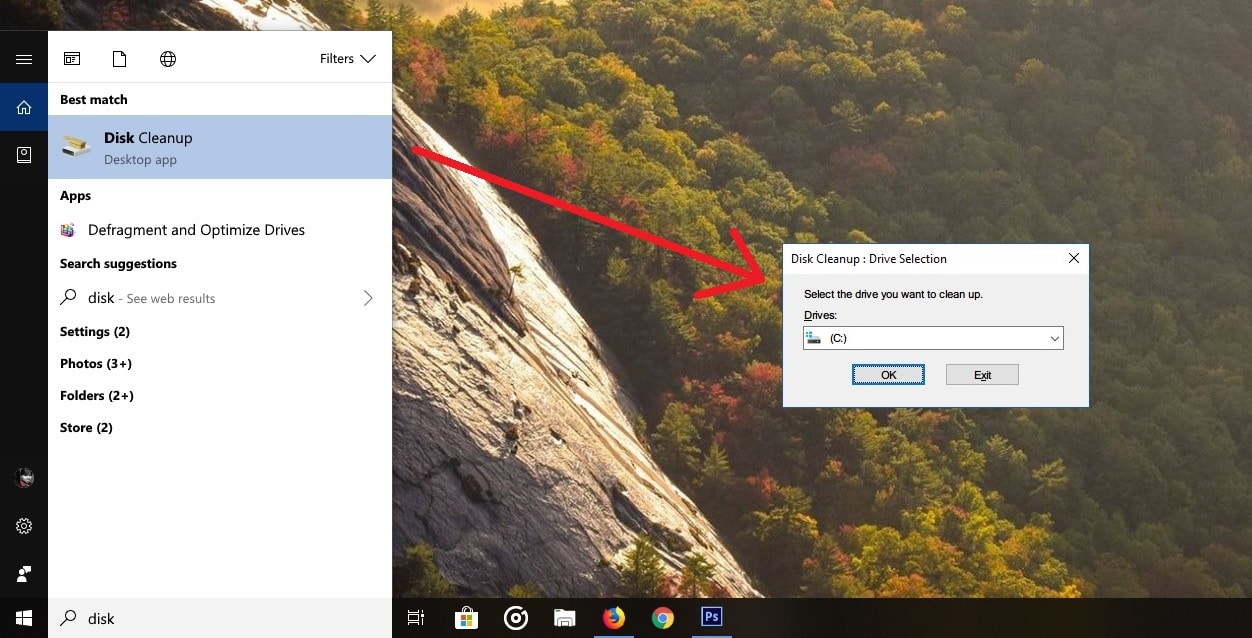
- In the Disk Cleanup window, click the Clean up system files button at the bottom.
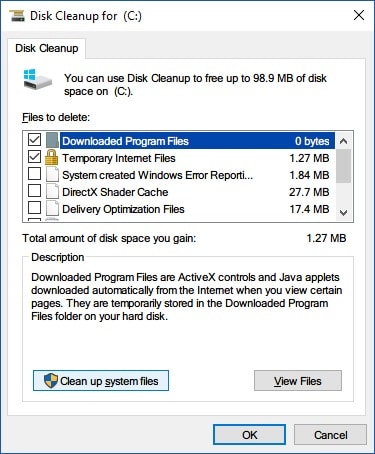
- Now select the Previous Windows Installation(s) option under Disk Cleanup.
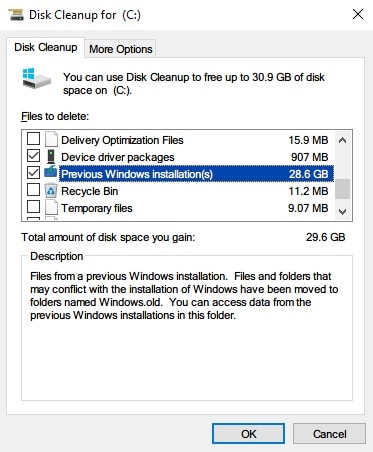
- You can also delete other system files you can’t normally delete. These include other installation-related files, including Windows upgrade log files and Temporary Windows installation files. These files can take up several gigabytes of space as well. Try not to select anything that you aren’t entirely sure about.
- When you’re ready, click OK.
- Click Delete Files on the pop-up dialog, then click Yes on the Disk Cleanup warning to confirm the delete process.
Should you delete it?
Once the cleanup is done, you’ll find the Windows.old folder is no longer on your Windows installation drive. While extremely useful when things go wrong, these files are a waste of storage space on devices with limited storage space. If you are sure you don’t want to roll back to the previous Windows version, it is better to get rid of them. While it is safe to delete Windows.old folder and other installation-related files, it isn’t always practical. If you have a PC with a lot of storage space, it’d be better to let them hang around, in case you ever need them.
